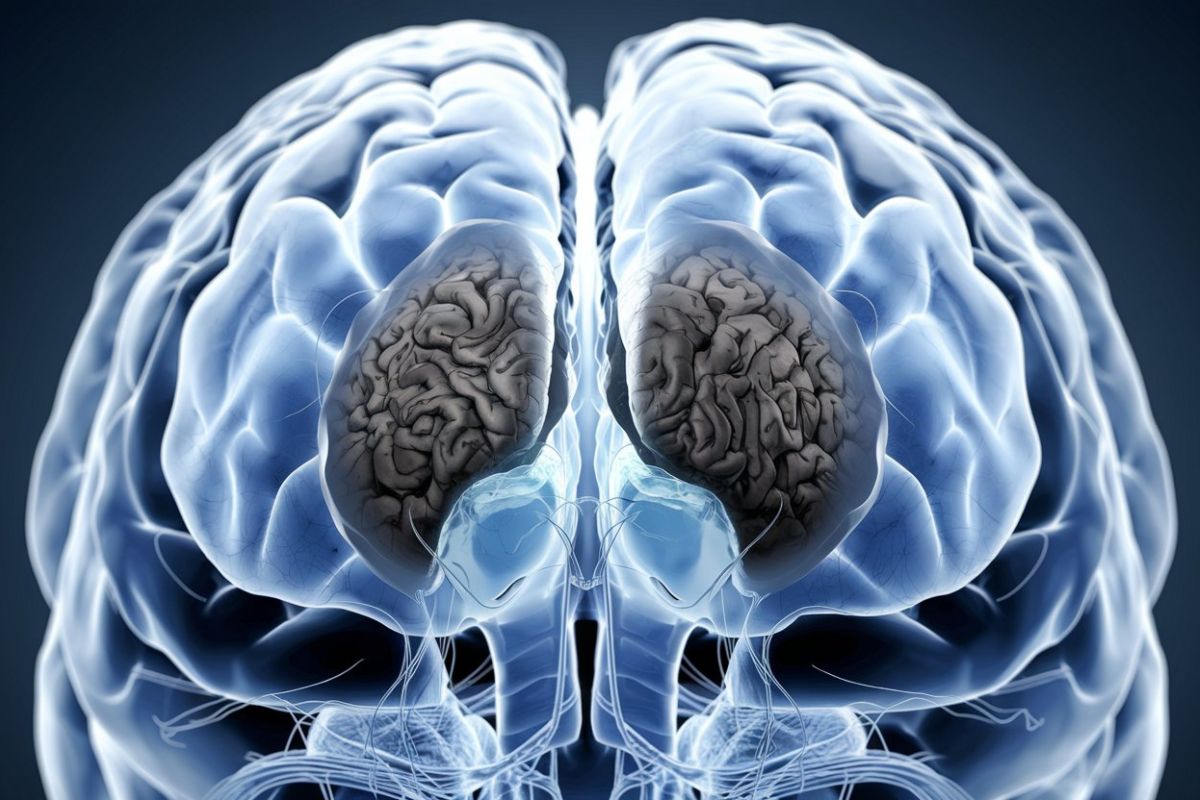
Camptocormia, also known as bent spine syndrome, is a rare condition characterized by an abnormal forward flexion of the spine. This condition primarily affects older adults and can be quite debilitating. What causes camptocormia? The exact cause remains unclear, but it is often associated with neurological disorders like Parkinson's disease or muscular issues such as myopathy. Symptoms include severe back pain and difficulty standing upright. Treatment options range from physical therapy to surgical interventions, depending on the underlying cause. Understanding camptocormia is crucial for those affected and their caregivers, as early diagnosis and appropriate management can significantly improve quality of life.
Key Takeaways:
- Camptocormia, or "bent spine syndrome," causes abnormal forward bending of the spine, often linked to neurological and muscular disorders. Age and certain medications can increase the risk.
- Treatment options include physical therapy, medications, surgery, and orthotic devices. Living with camptocormia can be challenging, but regular exercise, maintaining a healthy weight, and joining support groups can help manage the condition.
What is Camptocormia?
Camptocormia, often called "bent spine syndrome," is a condition where the spine bends forward abnormally. This condition can be quite debilitating, affecting posture and mobility. Here are some intriguing facts about camptocormia.
-
Camptocormia is characterized by an abnormal forward bending of the spine, typically more than 45 degrees.
-
The condition is most noticeable when standing or walking but tends to improve when lying down.
-
Camptocormia is often associated with neurological disorders, particularly Parkinson's disease.
-
It can also be linked to muscular dystrophies, which are genetic disorders that cause muscle weakness.
Causes and Risk Factors
Understanding what causes camptocormia can help in managing the condition better. Here are some key points about its causes and risk factors.
-
The exact cause of camptocormia is not always clear, but it often involves a combination of muscular and neurological issues.
-
Age is a significant risk factor, with older adults being more susceptible to developing the condition.
-
People with Parkinson's disease have a higher risk of developing camptocormia.
-
Certain medications used to treat neurological disorders can sometimes contribute to the development of camptocormia.
Symptoms and Diagnosis
Recognizing the symptoms early can lead to better management of camptocormia. Here are some facts about its symptoms and how it is diagnosed.
-
The primary symptom is a noticeable forward bending of the spine, which worsens when standing or walking.
-
Patients may experience back pain due to the abnormal posture.
-
Muscle weakness, particularly in the abdominal and spinal muscles, is common.
-
Diagnosis often involves a physical examination and imaging tests like X-rays or MRIs to assess the spine's curvature.
Treatment Options
While camptocormia can be challenging to treat, several options can help manage the condition. Here are some treatment methods.
-
Physical therapy is often recommended to strengthen the muscles and improve posture.
-
Medications used to treat underlying neurological conditions can sometimes help alleviate symptoms.
-
In severe cases, surgical intervention may be considered to correct the spinal curvature.
-
Orthotic devices, such as braces, can provide support and improve mobility.
Living with Camptocormia
Living with camptocormia can be challenging, but understanding how to manage daily activities can make a significant difference. Here are some tips for living with the condition.
-
Regular exercise, particularly activities that strengthen the core muscles, can help manage symptoms.
-
Maintaining a healthy weight can reduce the strain on the spine and improve overall mobility.
-
Using assistive devices like canes or walkers can provide additional support and stability.
-
Joining support groups can offer emotional support and practical advice from others living with the condition.
Research and Future Directions
Ongoing research aims to better understand camptocormia and develop more effective treatments. Here are some exciting developments in the field.
-
Researchers are exploring the genetic factors that may contribute to camptocormia.
-
New medications are being tested to see if they can more effectively manage the symptoms of camptocormia.
-
Advancements in surgical techniques are improving outcomes for patients who require spinal correction.
-
Studies are investigating the role of physical therapy in preventing the progression of camptocormia.
Interesting Facts
Here are some lesser-known but fascinating facts about camptocormia that you might find interesting.
-
Camptocormia was first described in medical literature in the early 20th century.
-
The term "camptocormia" comes from Greek words meaning "bent" and "trunk."
-
It is sometimes referred to as "bent spine syndrome" due to the characteristic forward bending of the spine.
-
Camptocormia can significantly impact a person's quality of life, affecting their ability to perform daily activities.
Prevention and Management
While preventing camptocormia entirely may not be possible, certain strategies can help manage the condition and reduce its impact. Here are some prevention and management tips.
-
Early intervention is crucial in managing camptocormia effectively.
-
Regular check-ups with a healthcare provider can help monitor the condition and adjust treatment as needed.
-
Staying active and engaging in regular physical activity can help maintain muscle strength and flexibility.
-
Proper posture and ergonomics can reduce the strain on the spine and prevent worsening of the condition.
Impact on Daily Life
Camptocormia can affect various aspects of daily life, from mobility to social interactions. Here are some ways the condition can impact daily activities.
-
Walking and standing for extended periods can be challenging due to the forward bending of the spine.
-
Simple tasks like getting dressed or reaching for objects can become difficult.
-
Social interactions may be affected, as the condition can cause self-consciousness and discomfort.
-
Driving can be challenging due to the limited range of motion and discomfort caused by the condition.
Support and Resources
Finding support and resources can make a significant difference for those living with camptocormia. Here are some helpful resources.
-
Support groups and online communities can provide emotional support and practical advice.
-
Healthcare providers, including physical therapists and neurologists, can offer guidance and treatment options.
-
Educational materials and resources can help patients and their families better understand the condition.
-
Non-profit organizations and advocacy groups can provide additional support and resources for those affected by camptocormia.
The Final Word on Camptocormia
Camptocormia, often called bent spine syndrome, is a condition that affects posture, causing a person to bend forward at the waist. It’s usually seen in older adults and can be linked to neurological disorders like Parkinson’s disease. Symptoms include severe forward flexion that worsens when walking or standing but improves when lying down. Diagnosis involves clinical evaluation, imaging studies, and sometimes muscle biopsies. Treatments range from physical therapy and medications to surgical interventions in severe cases. Understanding camptocormia is crucial for early detection and management, improving the quality of life for those affected. If you or someone you know shows signs of this condition, consult a healthcare professional for proper diagnosis and treatment options. Stay informed, stay proactive, and take steps to maintain a healthy posture.
Frequently Asked Questions
Was this page helpful?
Our commitment to delivering trustworthy and engaging content is at the heart of what we do. Each fact on our site is contributed by real users like you, bringing a wealth of diverse insights and information. To ensure the highest standards of accuracy and reliability, our dedicated editors meticulously review each submission. This process guarantees that the facts we share are not only fascinating but also credible. Trust in our commitment to quality and authenticity as you explore and learn with us.


